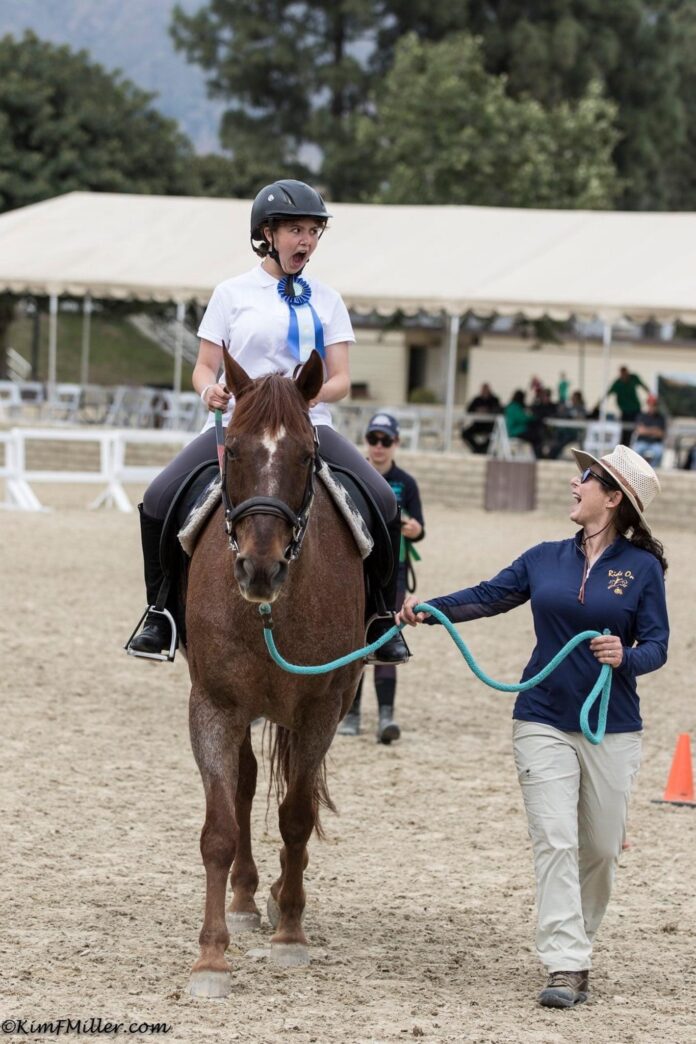Tucked away in an equestrian community in Newbury Park sits a hidden gem — a 13-acre ranch operated by the local non-profit, Ride On, where disabled locals can come to receive healing therapy through horse riding.
Founded by therapeutic riding expert Bryan McQueeny and former USA Paralympic Equestrian Team coach Gloria Hamblin in 1994, Ride On began with a handful of horses and volunteers. Today, it serves hundreds of disabled individuals at its Newbury Park and Chatsworth locations, helping turn fear into joy and disability into ability.
“Every day I walk out there and see the smiles on their faces and how confident it makes them — the self-esteem and the relationship that they have with the horse, the relationship they have with the volunteers,” Sara Jones, life-long horse rider and COO of Ride On, says. “It’s a special place. It’s a welcoming place. Everybody feels very at home — part of a family.”
Ride On offers adaptive equestrian services throughout the week, allowing the disabled to learn to ride horses as much as each person’s ability permits. Ride On also offers mounted or unmounted therapy sessions where veterans can interact with a horse and speak with a mental health professional. These and other “hippotherapy” sessions allow horses to help riders learn to walk, improve communication and increase strength and confidence.
In 2019, Ride On annexed the management of CRPD’s Rancho Potrero equestrian center via a 40-year lease and is now developing more opportunities for community equestrian programs. The organization presently offers Tuesday through Friday riding classes and other recreational activities.
“Ride On has so many years of horse experience, not just working with the disabled, and they’re now wanting to share that with the bigger community and also blend the communities,” says Gayle Paperno, manager of the Rancho Potrero facility. “One of the most fun aspects of being over at Rancho Potrero is when we were bringing the disabled riders over to our facility for a trail-fest, and both the able-bodied riders and the non-able-bodied riders get to be together and help each other. … It’s an incredible experience because the riders will get on the horses, and they’re fearful at first, [but] by the time they’re heading out there and going on the trail, you can see on their faces the pure joy. It’s an amazing thing to watch, and the riders come back, and they’re just happy. You can see that that one half-hour, forty-five-minute ride makes all the difference.”
Family members and the general public may also take lessons or volunteer. Ride On encourages those who volunteer to come at the same time each week to develop relationships with the participants, which Jones says is a critical piece to the organization.
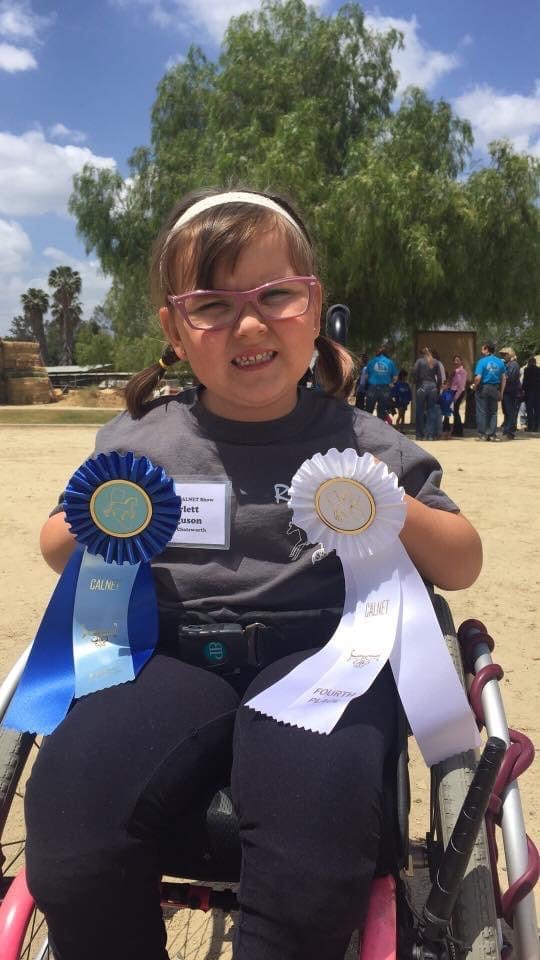
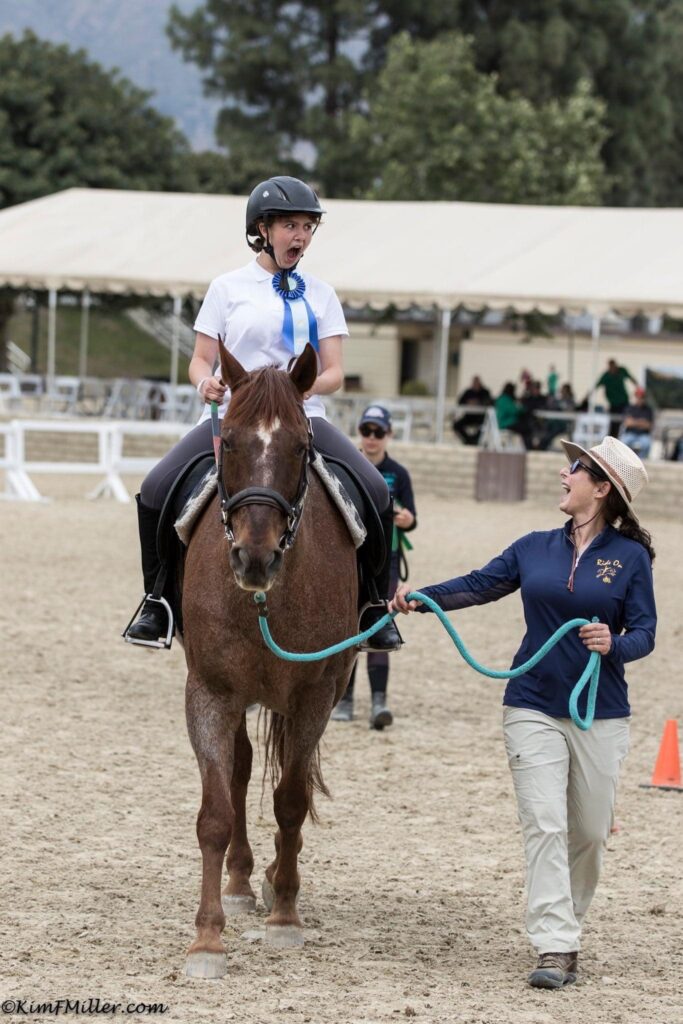
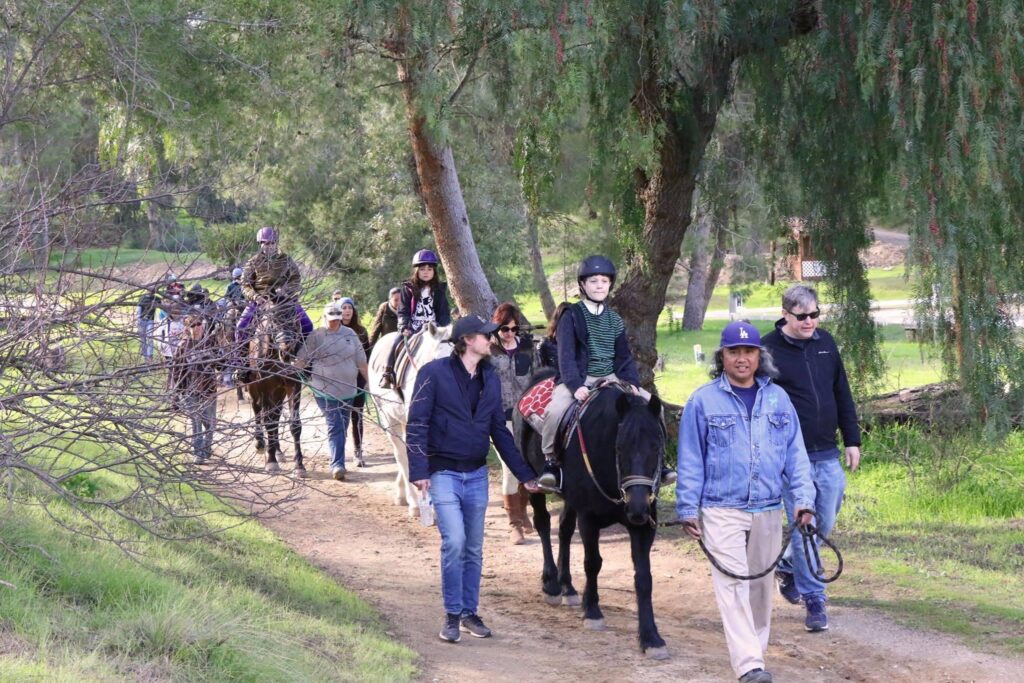
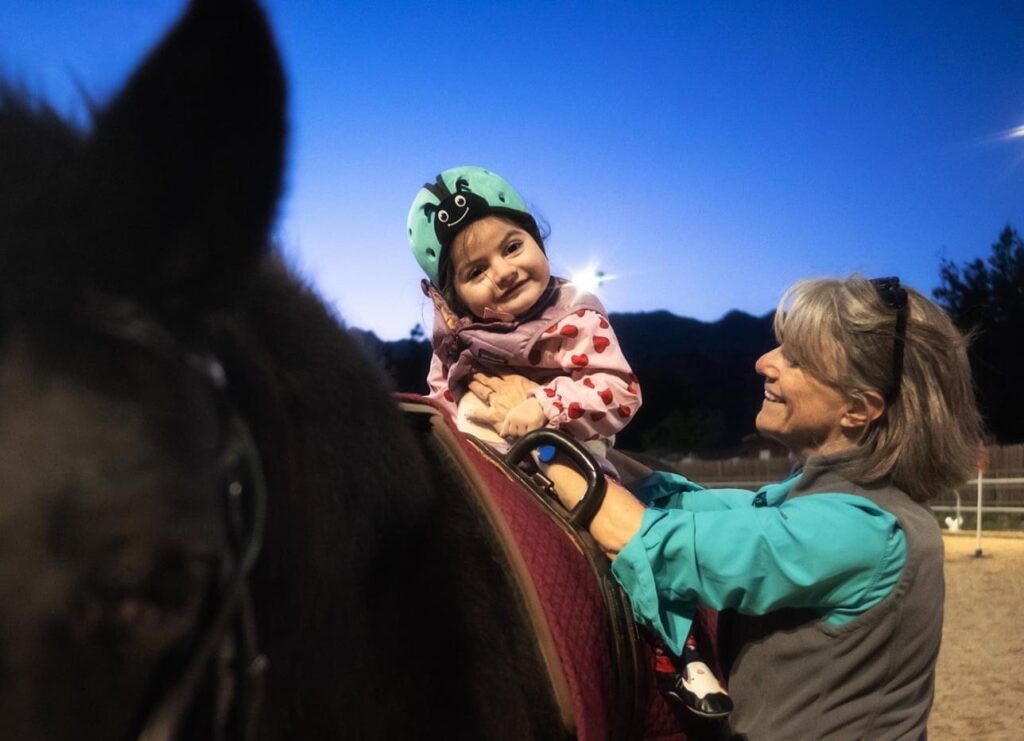
“It becomes this lovely big family, and the parents have time together to chill,” Jones says. “You’ve got the opportunity to engage young kids and teach them and help them to include folks with disabilities going forward in their lives.”
Paperno worked her own way back to health with horse therapy, having been immobilized in a major car accident in 2001. Horses helped teach her how to walk again, and she now serves people in similar positions.
But it’s the riders, she says, who are the inspiration.
“There is nothing like getting off your seat of woe by watching these riders work and everything they have to put in to ride their horses,” Paperno says of watching disabled riders compete in horse shows with able-bodied competitors. “You sit there and go, ‘Wow. I have nothing in life to complain about.’ … There’s no limitation.”

